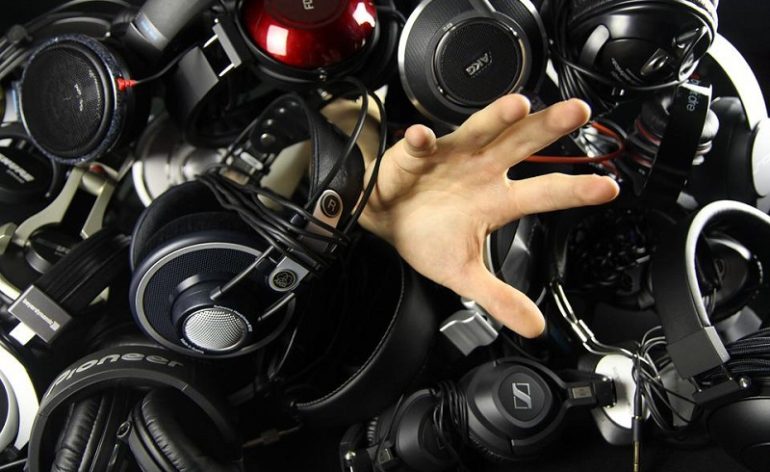I Must Use Headphones – What’s Most Important? Part 2 – Type
When choosing the right pair of headphones, one of the most critical decisions is selecting the type that best fits your needs. Whether you’re an audiophile, a gamer, a commuter, or a studio professional, the type of headphones you choose can significantly impact your listening experience. In this second part of our “I Must Use Headphones” series, we’ll break down the different types of headphones and what makes each unique.
Open-Back Headphones
Open-back headphones are the go-to choice for audiophiles and studio professionals who want the most natural sound reproduction. These headphones allow air to pass through the ear cups, preventing sound waves from bouncing inside and creating artificial resonance. The result? A more open and immersive listening experience. However, because they leak sound, they’re not ideal for commuting or noisy environments. I use a set of Audeze MM-100s as my daily driver when I want to listen to music on my laptop.
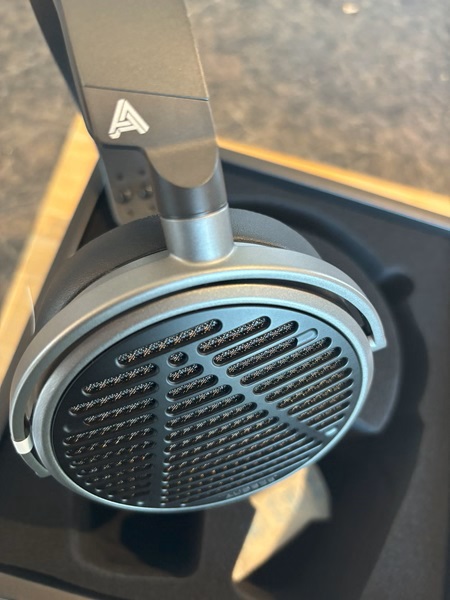
Pros
- Natural, spacious sound
- Wide soundstage, ideal for critical listening
- Reduced ear fatigue during long sessions
Cons
- Sound leakage—others can hear what you’re listening to
- Poor isolation, meaning you’ll hear outside noise
- Generally more fragile than closed-back models
Closed-Back Headphones
Closed-back headphones are designed to keep sound in and external noise out. This makes them a top choice for commuters, office workers, and musicians who need to focus on their mix without external interference. While they might not provide the same airy sound as open-back headphones, they often deliver a punchier bass response and better immersion in loud environments.
My gaming headset has a closed-back design. It’s ideal because I don’t want to bother those around me, and I want my focus to be on the game. Unlike open-back headphones, I tend to get listener fatigue, so I have to take frequent breaks, lest I get a headache.
Pros:
- Great isolation from outside noise
- Minimal sound leakage
- Stronger bass response due to sealed ear cups
Cons:
- Smaller soundstage compared to open-back models
- Can cause ear fatigue with prolonged use
- May feel more enclosed, leading to heat buildup
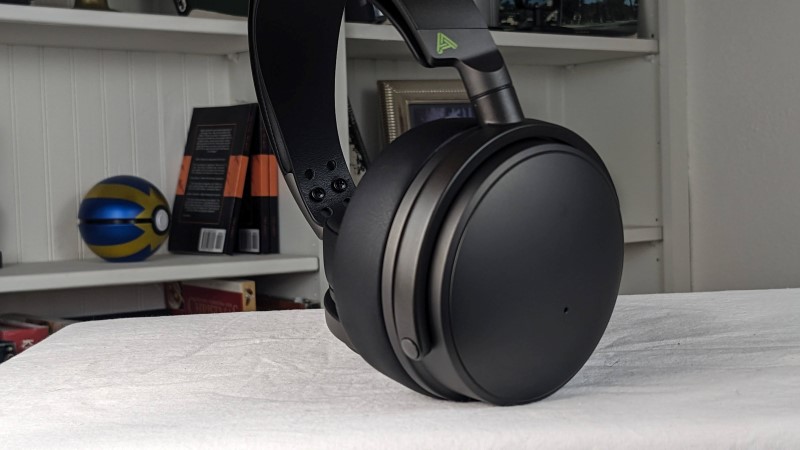
Semi-Open Headphones
Semi-open headphones aim to blend the best of both worlds. They provide a more natural soundstage than closed-back headphones while limiting sound leakage compared to fully open models. These are often used in studio settings where some ambient awareness is necessary without fully compromising isolation.
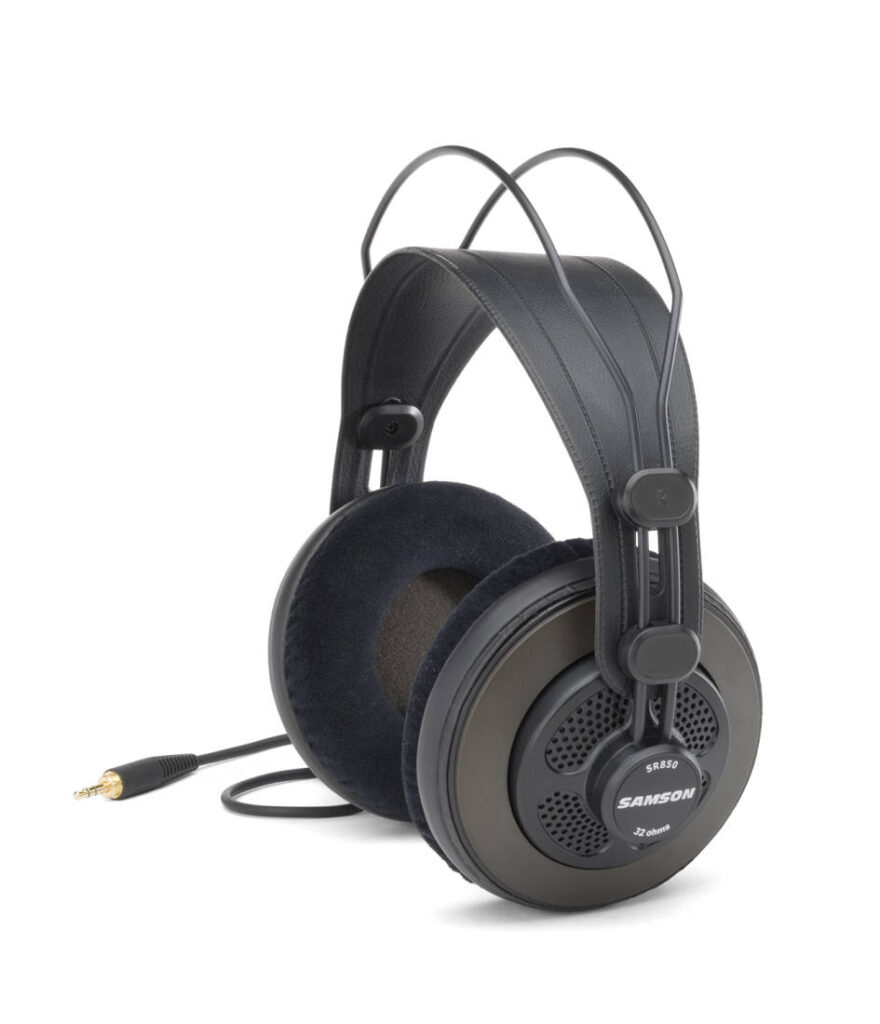
Pros:
- Balanced between open and closed designs
- More natural sound than closed-back options
- Less sound leakage than fully open-back models
Cons:
- Still leaks some sound
- Not as isolating as closed-back designs
In-Ear Monitors (IEMs)/Earbud
IEMs are the go-to choice for professionals on stage, commuters, and anyone who needs high-quality audio in a compact form. With foam or silicone ear tips, they create an excellent seal that blocks out external noise, making them perfect for travel or live performances. Premium models offer multi-driver designs that rival the sound quality of full-sized headphones.
I use earbuds exclusively at the gym. Once I plug them into my ears, I block out the crappy gym music and get to be in my own little world. And yes, I am aware that IEMs, in the strictest sense, are the wired IEMs that you see musicians wear. However, most “earbuds” nowadays sit deeply enough in your ear canal to block out sound and sweat! So I am using the term IEM/earbud here to kill two birds with one stone! Come at me audiophiles!
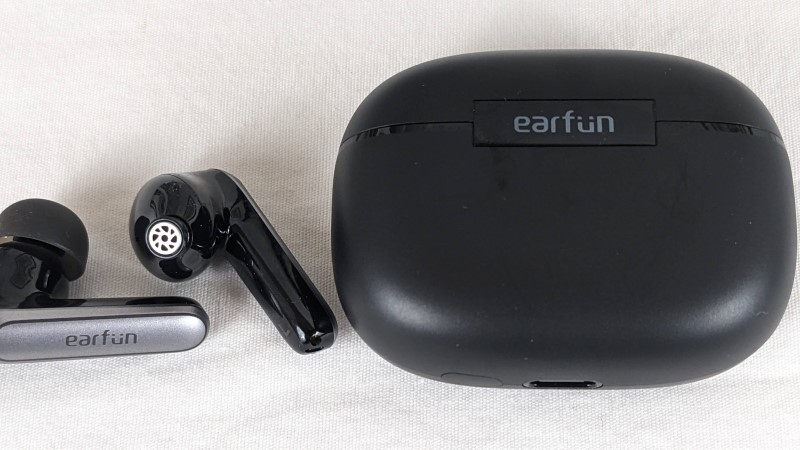
Pros:
- Highly portable and lightweight
- Excellent noise isolation with a proper fit
- High-quality sound reproduction
Cons:
- Can be uncomfortable for extended use
- Smaller soundstage compared to over-ear models
- Higher-end models can be expensive
Wireless vs. Wired Headphones
One last choice is how you want to connect your headphones. There are only two choices, wired and wireless, and each one has pros and cons. Wireless headphones have improved significantly in recent years, with aptX and LDAC codecs delivering near-lossless audio. They also typically offer ANC or active noise cancellation. However, wired headphones still reign supreme for purists who want the best possible sound without worrying about battery life or connectivity issues.
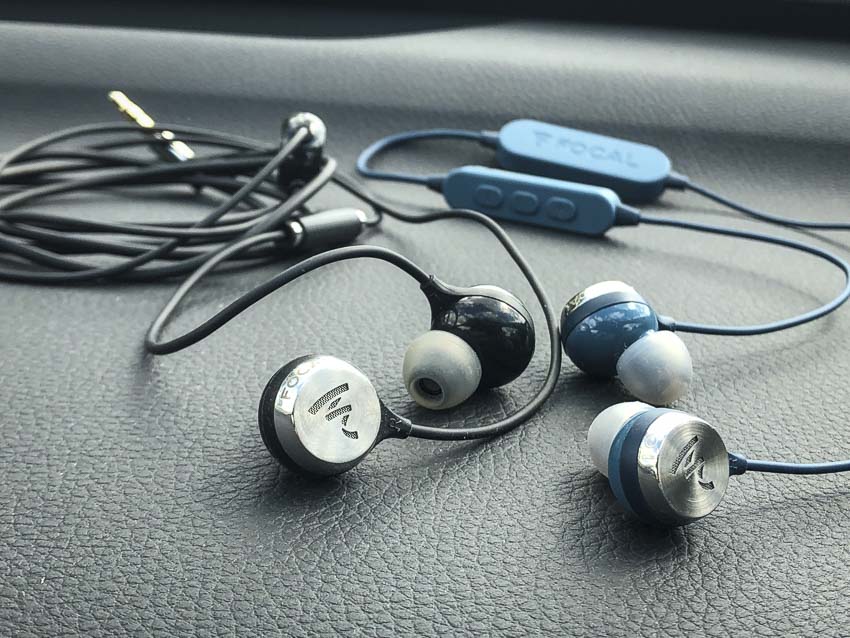
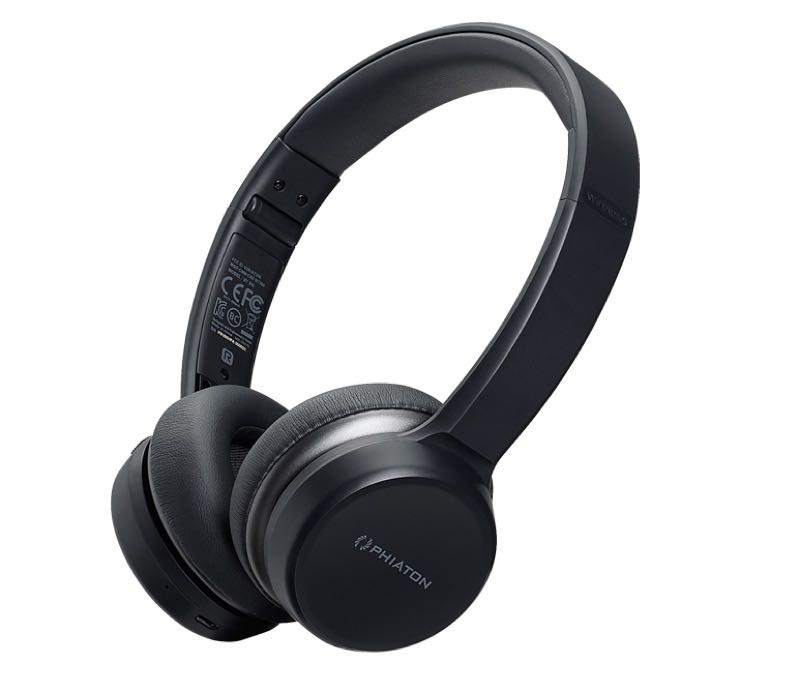
Wireless Headphones
- Bluetooth convenience with no cables to manage
- Improved battery life in modern models
- Great for mobility and travel (ANC)
Wired Headphones
- No latency, making them ideal for gaming and professional use
- Generally better sound quality (no compression)
- No need to worry about charging
Ultimately, the choice comes down to your preferences. When I am at the gym, I want to be able to link my IEMs to my Apple Watch and ditch my phone. The only choice here is a set of wireless earbuds. However, when I am at home, I don’t mind being tethered by a cord and never need to stop listening to charge them up.
Our Take
The right type of headphones depends entirely on how and where you’ll be using them. If you want the best soundstage and natural audio, open-back headphones are the way to go. Need something for commuting? Closed-back or in-ear monitors are the better options. If you’re looking for a balance, semi-open headphones or on-ear models might be the sweet spot. Whatever your needs, understanding these different types will help you make the best choice for your listening experience.

